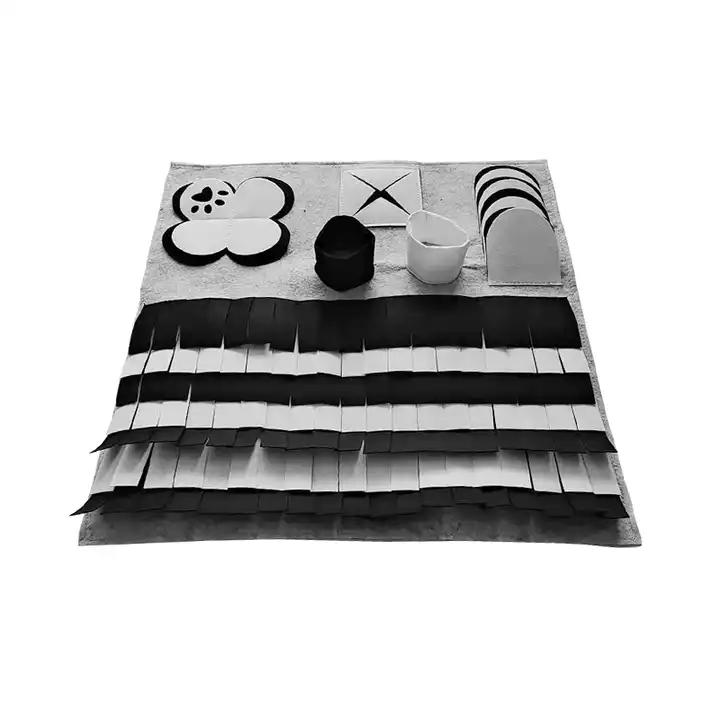How to Make Acoustic Wall Panels
Creating acoustic wall panels is a fantastic way to enhance the sound quality in a room while adding a decorative touch. These panels can significantly reduce sound reflections, echo, and background noise, making them ideal for home theaters, music studios, offices, or any space where sound clarity is essential. In this article, we will guide you through the process of making your own acoustic wall panels, ensuring you have both aesthetic and functional benefits.
Materials Needed
1. Wood Frame - 1x4 or 1x3 lumber, cut to your desired panel size. 2. Acoustic Insulation - 2-inch thick fiberglass or rock wool insulation. 3. Fabric - Breathable fabric such as burlap, polyester, or acoustically transparent material to cover the panels. 4. Wood Glue and Screws - For assembling the frame and securing the insulation.
5. Staple Gun - For attaching the fabric securely to the frame.
6. Saw (Miter or Circular) - For cutting the wood to size.
7. Measuring Tape and Level - For accurate measurements and ensuring the panels hang straight.
Step-by-Step Process
1. Determine the Size of Your Panels Start by measuring the wall space where you plan to install the panels. Common sizes for acoustic panels are 2x4 feet or 2x2 feet, but you can customize the dimensions based on your needs.
how to make acoustic wall panels

2. Cut the Wood for the Frame Using your saw, cut the lumber to create a rectangular or square frame for each panel. You will need two vertical pieces and two horizontal pieces. Make sure your cuts are straight for the best results.
3. Assemble the Frame Lay the pieces in the correct shape and use wood glue and screws to secure the corners. Ensure the frame is square and tight, as this will house the insulation.
4. Add the Acoustic Insulation Place the fiberglass or rock wool insulation into the frame. You may need to cut the insulation to fit snugly. Spread the insulation evenly across the frame, ensuring there are no gaps.
5. Cover the Panel with Fabric Lay the fabric over the insulation-covered frame. Pull it tightly across the front, and fold the excess over the edges of the frame. Use a staple gun to attach the fabric securely to the back of the frame, ensuring that it remains taut. This step is important, as a loose fabric may affect the acoustic properties of the panel.
6. Finish the Edges Trim any excess fabric and ensure that it looks neat. You can also use decorative trim or paint the frame to match your room’s decor, adding an aesthetic appeal to your acoustic panels.
7. Mounting the Panels Decide where you want to mount the panels on your walls. They can be hung using wall anchors and screws, or you can consider more permanent solutions like adhesive strips. Ensure that the panels are level for a polished look.
Final Tips
- Place your panels strategically in areas where sound tends to reflect, such as opposite walls or corners. - Experiment with different sizes and arrangements to find what works best for your space. - Consider adding additional layers or thicker panels for improved sound absorption.
Making your own acoustic wall panels can be a rewarding DIY project that not only enhances sound quality but also contributes to the decor of your room. With the right materials and techniques, you’ll create a more pleasant auditory environment and enjoy the benefits of improved acoustics in your space.
